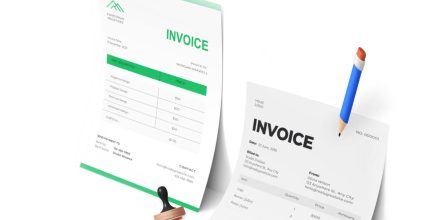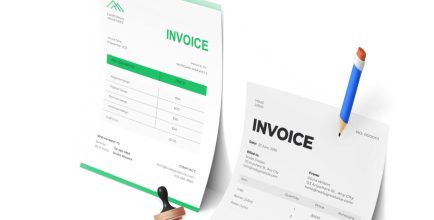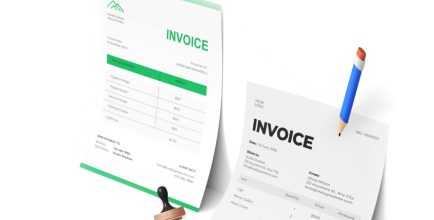Assess Your Filing Necessity
The initial step in tax preparation involves determining if you need to file a tax return. For a majority, filing a federal income tax return in 2023 will be obligatory, influenced by various factors including your total yearly earnings, filing status, age, and specific situations like being claimed as a dependent by someone else.
However, choosing to file a tax return might still be beneficial, even if it’s not mandatory for you. Filing can make you eligible for certain tax refunds or credits, like the Earned Income Tax Credit (EITC) or the Child Tax Credit, potentially leading to a refund.
Selecting Your Tax Filing Approach
After determining the need to file, choosing your tax filing method becomes critical for a smooth experience. Utilizing online tax software is a popular and user-friendly option, enabling precise form completion and efficient monitoring of income, credits, and deductions.
Research is key to finding the best match for your tax scenario. Alternatively, hiring a professional tax preparer is ideal for those with complex tax situations or tight schedules, offering expert handling of federal and state tax obligations and freeing up your time for other priorities.
Collect the Necessary Tax Documents
Regardless of your chosen tax filing approach for the 2023 tax year, your first step will be to gather all necessary documentation. This crucial task involves collecting various forms and records, including but not limited to evidence of income, any records pertaining to tax-deductible expenses, and documentation of state and local taxes you’ve paid within the year. To ensure a thorough preparation, here’s a detailed list of common items you might need:
- Social security numbers for yourself and any dependents
- Any 1099 forms from entities or individuals other than your employer indicating additional sources of income
- W-2 forms showing your income from employers, along with any taxes deducted
- Documentation of contributions to retirement accounts
- Records of charitable contributions
- Evidence of state or local taxes paid
- Documentation related to property taxes and mortgage interest
- Receipts for education-related expenses
- Receipts for unreimbursed medical costs
- Copies of your previous year’s tax returns for federal, state, and local filings
Understanding Your Tax Bracket
It’s essential to grasp how your taxes are calculated, particularly through the lens of your taxable income bracket. Knowing which bracket you fit into is crucial for effective tax planning for the year. Each income bracket is taxed at a varying rate, impacting how much you owe come tax season.
One widespread misunderstanding about tax brackets is the belief that your entire income is taxed at the highest rate you qualify for. Fortunately, this isn’t accurate. Instead, your income is divided across the different brackets, with each portion taxed at its respective rate. This progressive tax system ensures that only the income exceeding each bracket threshold is taxed at a higher rate, while the rest is taxed at lower rates.
Choosing Your Filing Status Wisely
Selecting the correct filing classification can notably affect both your tax calculations and the potential benefits you might receive—ranging from the total tax due to eligibility for various deductions and credits. This choice holds particular weight for married couples, guiding their decision to either consolidate their financial life into a single return or navigate their fiscal waters separately. The IRS identifies five distinct categories for taxpayers’ filing status, each tailored to specific circumstances:
- Single: This status applies to individuals who are unmarried, including those who have gone through a divorce or legal separation, by the end of the tax year.
- Married Filing Jointly (MFJ): Ideal for married duos wishing to merge their financial narratives into one comprehensive story, often resulting in a lighter tax load.
- Married Filing Separately (MFS): Best suited for spouses whose fiscal paths yield better results when traveled solo, due to unique financial or personal considerations.
- Head of Household (HoH): Crafted for single taxpayers who take the lead in covering more than half the financial demands of their home, alongside caring for a qualifying person, for the majority of the year.
- Qualifying Widow(er) with Dependent Child: This status offers an extension of the MFJ benefits to a taxpayer who has lost a spouse in the prior two years and is raising dependent children, cushioning the transition.
Choosing Your Deduction Method Carefully
Effectively lowering your taxable income is pivotal, and this can hinge on your deduction choice. Two primary avenues are available:
- Standard Deduction: Offered to nearly all taxpayers, it reduces your taxable income by a set amount. For 2023, it’s $13,850 for single filers, $27,700 for married filing jointly, and $20,800 for heads of households. This option is ideal for those with fewer deductible expenses.
- Itemized Deductions: If your deductible expenses surpass the standard deduction for your filing status, itemizing could yield significant savings. It requires detailed tracking and listing of expenses on Schedule A of Form 1040 but can lead to greater tax benefits for those with extensive deductible expenses.
Finalizing Your IRS Transactions
After completing the preparatory steps, the only task remaining is settling your account with the IRS. This final phase differs based on whether you’re in the position of owing taxes or anticipating a refund from the federal government.
If You Need to Pay Taxes
For taxpayers with a debt to the IRS, various payment methods are available. You can settle your taxes through online electronic payments, wire transfers, or using debit/credit cards. Alternative options include paying by check or cash. Should the full amount be beyond your immediate financial capability, the IRS provides the possibility of arranging a payment plan. These installment agreements can be tailored for short or long-term durations, giving you flexibility in managing your tax obligations.
Receiving a Tax Refund
On the flip side, if the IRS owes you a refund, you can choose to receive your funds via direct deposit into a bank account or as a traditional paper check. Opting for direct deposit is generally preferable, as it ensures a quicker and more secure transfer of your refund.



